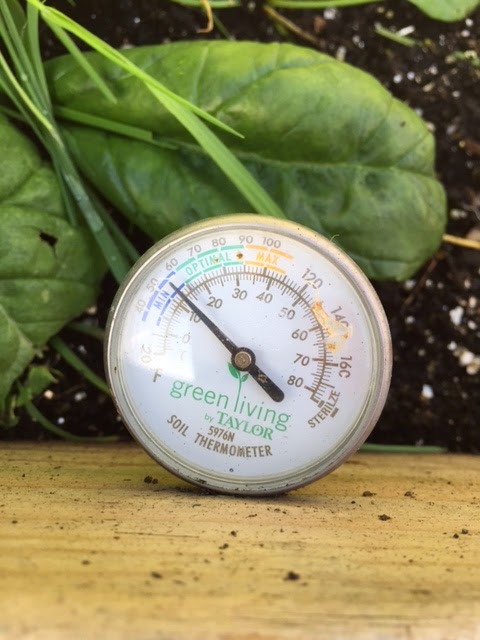“How do you serve Guinea Fowl?”
This is a very challenging question to answer because there is not much literature on the subject. We serve all our 100 animals on Thanksgiving.
Two major issues when serving any guest - where do you serve them and what do they want to be served?
Should we have an adult table, a kids table, and a guinea fowl table, since the birds tend to be noisy and messy?
To answer that question, I offered the poultry a choice of tables, chairs, walls, and logs.
As you can see below, the chickens prefer tables/chairs, while the guineas have a distinct preference for roosting in groups on walls or clusters of logs.
Guineas are herd animals, so when you send out invitations, you can be assured all will attend. We have 68 guineas, so we’ve set up benches where they can sit while they are waiting to be served.
This morning I cut fifteen 18 inch lengths of maple logs and built 5 roosting areas so that the guineas can cluster with their friends and relations while we’re serving them.
These West African birds have different tastes than other poultry. Some say Guinea fowl have tastes like Chickens and Ducks, but I do not think that is true. As a test, I offered scratch grains, tasty mealworms, and fresh carrot tops to all the birds.
The chickens preferred the grains, the ducks preferred the greens, and the guineas ate the mealworms.
Happy Thanksgiving!



















